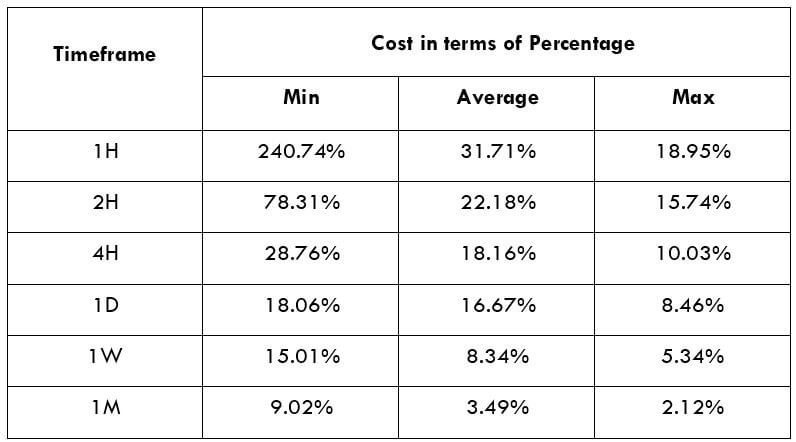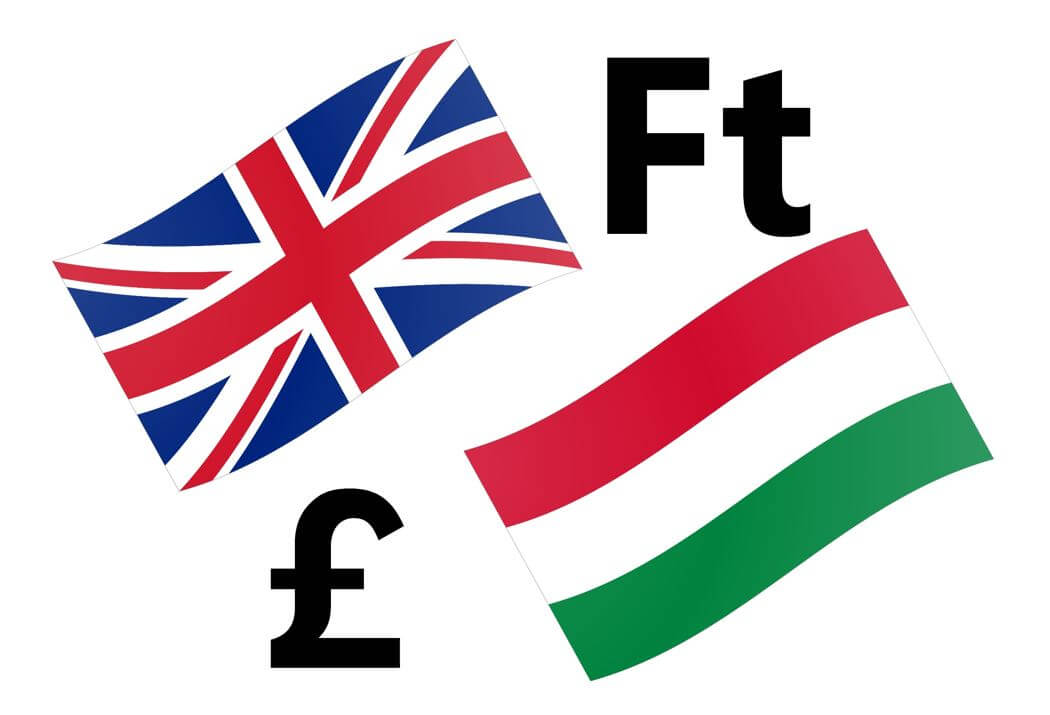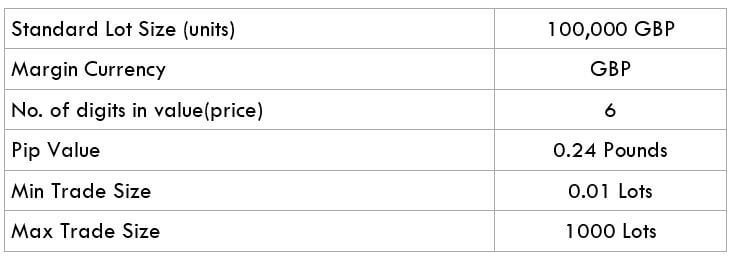Introduction
GBP stands for British Pound Sterling, and it is the 4th most traded currency in the Foreign Exchange market after USD, EURO and YEN. It is the official currency of the United Kingdom and some other countries like Jersey, South Georgia, and Guernsey. Whereas HUF stands for Hungarian forint, and it is the official currency of Hungary.
GBP/HUF
We know that the currencies in the Forex market are traded in pairs. GBP/HUF is the abbreviation for the Pound sterling against The Hungarian Forint. In this case, the first currency (GBP) is the base currency, and the second (HUF) is the quote currency.
Understanding GBP/HUF
To find the relative value of one currency in the Forex market, we need another currency to compare. If the value of the base currency goes down, the value of the quote currency goes up and vice versa. The market value of GBP/HUF determines the strength of HUF against the GBP. It can be easily understood as 1GBP is equal to how much of HUF. So if the exchange rate for the pair GBP/HUF is 414.425, it means we need 414.425 HUF to buy 1 GBP.
Spread
Forex brokers have two different prices for currency pairs: the bid and ask price. Here the “bid” price at which we can SELL the base currency, and The “ask” price is at which we can BUY the base currency. Hence, the difference between the ask and the bid price is called the spread. Some brokers, instead of charging a separate fee for trading, they already have the fees inbuilt in the spread. Below are the ECN and STP for the pair GBP/HUF.
ECN: 57 pips | STP: 60 pips
Fees
When we place any trade, there is some commission we need to pay to the broker. A Fee is simply that commission that we pay to the broker each time we execute a position. The fee also varies from the type of broker we use; for example, there is no fee on STP account models, but a few pips on ECN accounts.
Slippage
Slippage alludes to the difference between the expected price at which the trader wants to execute the trade and the price at which the trade is being executed. It can occur at any time but mostly happens when the market is fast-moving and volatile. Also, sometimes when we place a large number of orders at the same time.
Trading Range in GBP/HUF
The trading range is a tabular representation of the pip movement in a currency pair for different timeframes. Using this, we can assess the risk on a trade for each given timeframe. A trading range essentially represents the minimum, average, and maximum pip movement in a currency pair. This can be evaluated easily by using the ATR indicator combined with 200-period SMA.

Procedure to assess Pip Ranges
- Add the ATR indicator to your chart
- Set the period to 1
- Add a 200-period SMA to this indicator
- Shrink the chart so you can assess a significant period
- Select your desired timeframe
- Measure the floor level and set this value as the min
- Measure the level of the 200-period SMA and set this as the average
- Measure the peak levels and set this as Max.
GBP/HUF Cost as a Percent of the Trading Range
The cost of trade mostly depends on the broker and varies based on the volatility of the market. This is because the total cost involves slippage and spreads apart from the trading fee. Below is the representation of the cost variation in terms of percentages. The comprehension of it is discussed in the following sections. We will be looking into both the ECN model and the STP model.
ECN Model Account
Spread = 57 | Slippage = 3 |Trading fee = 5
Total cost = Slippage + Spread + Trading Fee = 3 + 57 + 5 = 65

STP Model Account
Spread = 60|Slippage = 3 | Trading fee = 0
Total cost = Slippage + Spread + Trading Fee = 3 + 60+ 0 = 63

Trading the GBP/HUF
The GBP/HUF is an exotic-cross currency pair, and the volatility in this pair is decent. As seen in the Range table, the average pip movement on the 1-hour time frame is 205. Here in the GBP/HUF pair, HUF is an emerging currency. We must know that the cost of trade decreases ad the volatility od the pair increases. But this should not be considered as an advantage because it is risky to trade high volatile markets as the price keeps fluctuations.
For instance, in the 1-hour timeframe, the maximum pip range value in this pair is 343 pips, and the minimum pip range value is 27 pips. When we compare the fees for both the pip movements, we find that for 27 pip movement fees is 270.74%, and for 343 pip movement, the fess is only 18.95%.
So, we can confirm that the prices are higher for low volatile markets and high for highly volatile markets. Hence we must always try to make our entries and exits when the volatility is minimum or average than to that of maximum values. But if your preference is absolutely towards reducing your trading costs, you may trade when the volatility of the market is around the maximum values.


